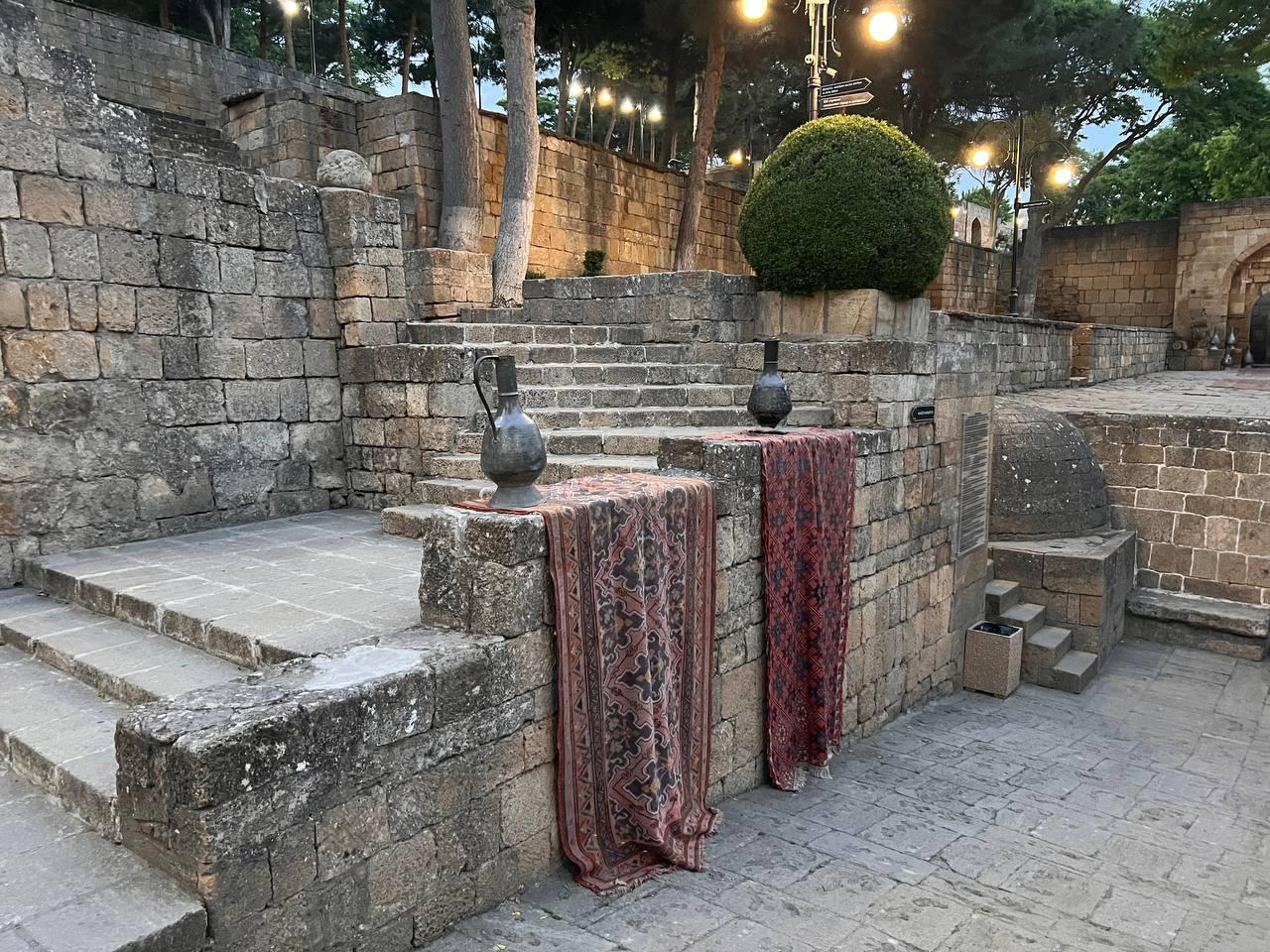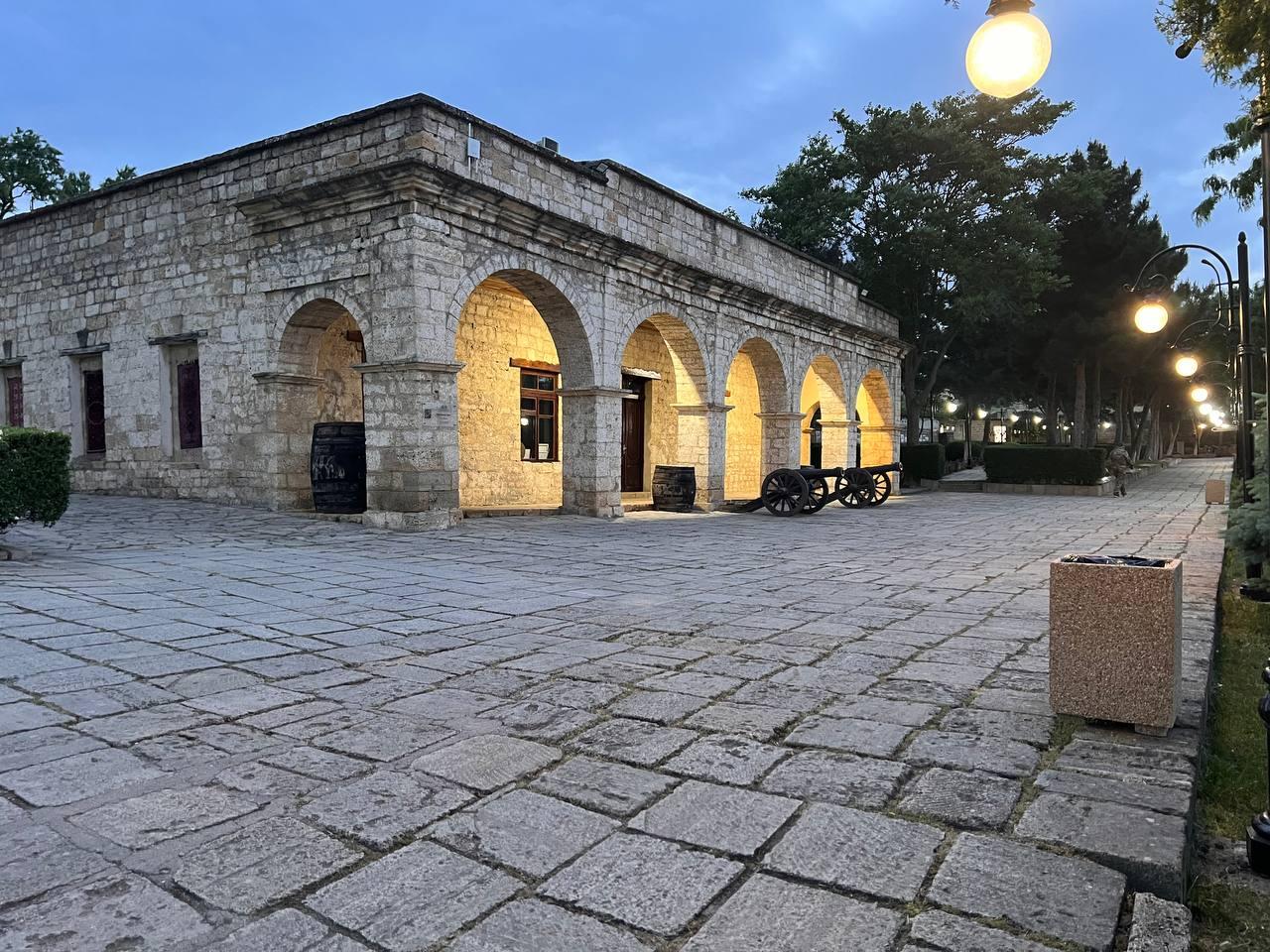
Derbent, Republic of Dagestan, towering above the ancient city of Derbent and gazing out over the Caspian Sea, Narin Castle (Naryn-Kala) stands as a weathered sentinel of the past. Once a formidable garrison for the Ottoman Empire in the Caucasus, the fortress is now one of Dagestan’s most popular historical attractions.
Strategically located in the narrowest pass between the Caucasus Mountains and the Caspian Sea, this UNESCO World Heritage site embodies centuries of imperial rivalry, military ingenuity, and cultural exchange between empires.

Built by the Sasanian Empire in the sixth century B.C., Narin Castle was designed to halt the advance of nomadic tribes such as the Huns and Khazars from the north. Over the centuries, it changed hands repeatedly—Persians, Arabs, Seljuks, Mongols, Safavids, Ottomans, and Russians all left their mark.
In the seventh century, Muslim Arab forces captured the fortress, transforming it into a critical military base for Islamic expansion into the Caucasus. It was during this period that Islam took root in the region, launching a cultural shift still evident today.

Ottoman control came during the 1578–1590 war with the Safavids, under the command of Lala Mustafa Pasha. In 1579, Narin Castle was incorporated into the Ottoman province of Shirvan Beylerbeyligi, becoming a key military hub that oversaw the Hazar (Caspian) Gate.
With its high vantage point and thick, towering walls—some rising up to 25 meters—Narin Castle served both as a fortress and an observation post, symbolizing the height of Ottoman influence in the region. The empire's withdrawal in 1603 marked the end of its control, but the site’s significance endured.

The fortress later fell under Russian rule during Tsar Peter I’s Caspian Campaign in 1722, and was formally integrated into the Russian Empire by the Treaty of Gulistan in 1813. Today, Narin Castle lies within the Republic of Dagestan, a multi-ethnic federal subject of the Russian Federation.
Dagestan is one of Russia’s most linguistically diverse regions, home to over 30 ethnic groups and an equal number of local languages. Its population is predominantly Muslim, with major groups including Avars, Kumyks, Lezgins, Tabasarans, and Azerbaijani Turks.

Constructed on an elevated ridge, the fortress’s walls stretch over 3.5 kilometers, originally extending all the way to the Caspian coast. Though partially ruined, 2.7 kilometers of the northern walls and 900 meters of the southern section remain intact.
Inside the castle lie a variety of ancient structures—dungeons, bathhouses, water reservoirs, and tombs—testifying to the layered history and daily life within.
Locally, the neighborhood enclosed by the fortress walls is known as “Magal”, derived from a word meaning "quarter" or "neighbourhood." This area is primarily inhabited by Azerbaijani Turks, reflecting the deep-rooted Turkish cultural presence.

Speaking to Anadolu Agency, Dagestan’s head Sergey Melikov underscored the enduring cultural ties between Türkiye and Dagestan:
“We had these connections, we have them, and we will continue to have them. These bonds are based on shared values and serve the interests of our peoples.”
Melikov noted that shared ethnic, historical, and linguistic roots connect the people of Dagestan with Türkiye. He also pointed to growing cooperation in cultural exchange and sports, stating that traditional games and regional events have helped foster a sense of unity.